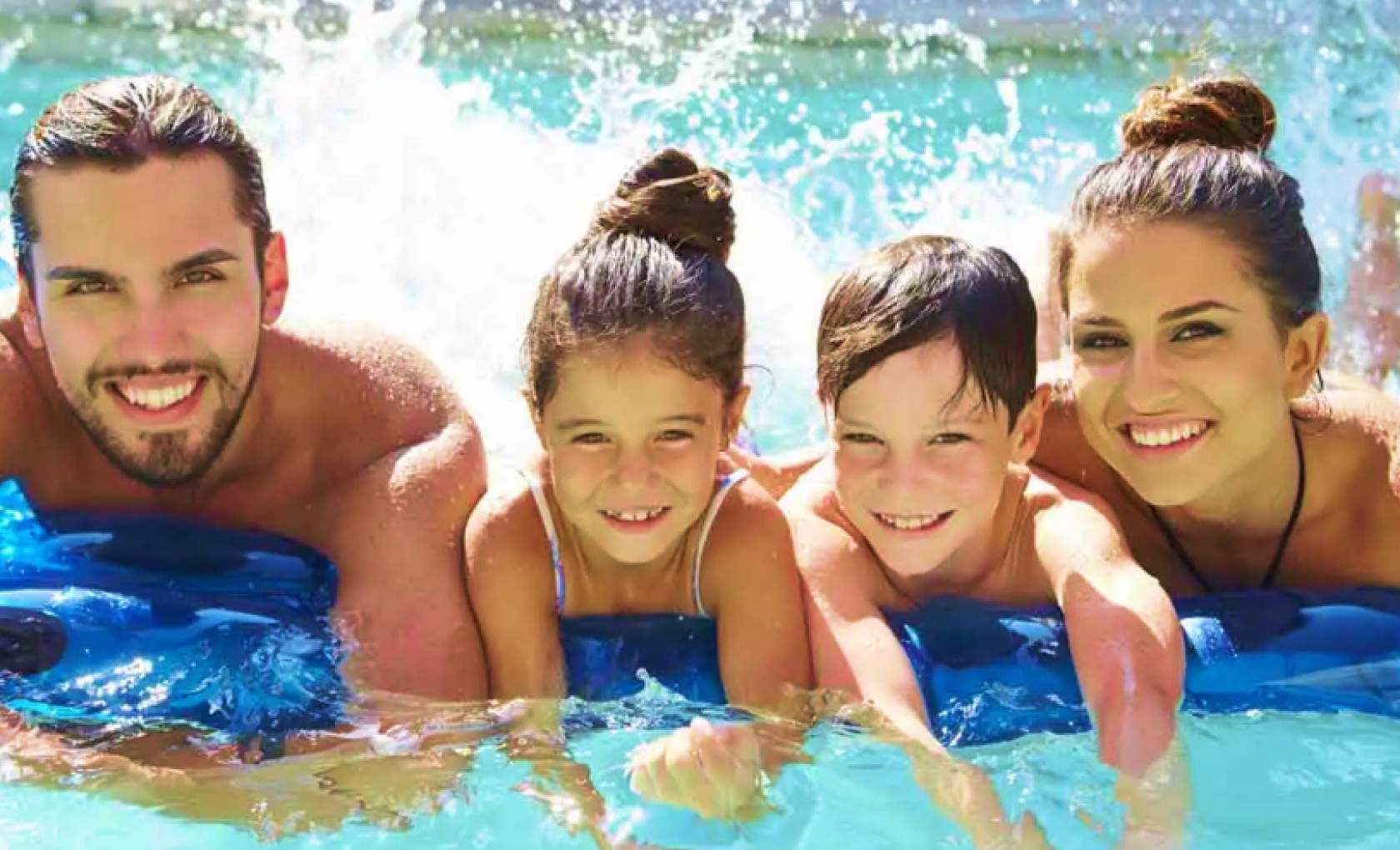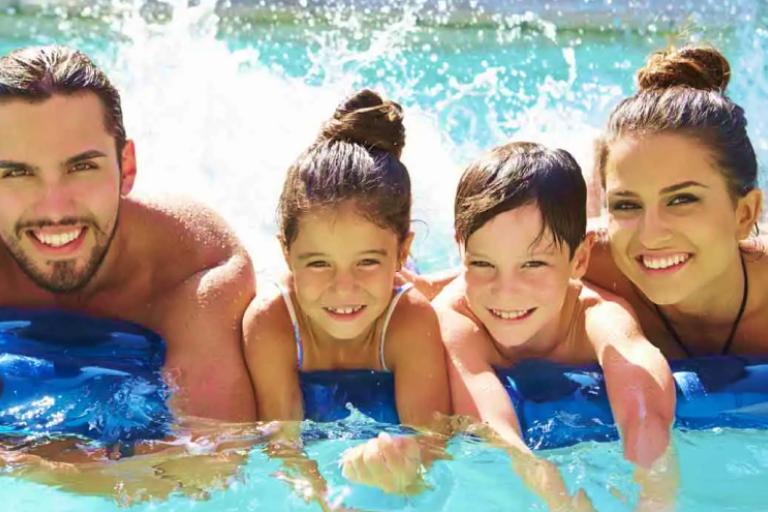Breaths save lives

Recent media reports have questioned the importance of rescue breathing in cardiopulmonary resuscitation (CPR) but Royal Life Saving is urging Australians that rescue breathing is a vital part of CPR.
A Japanese study recently reported that heart massage alone gave cardiac arrest patients a higher chance of survival. While this may be the case in cardiac arrests, Royal Life Saving is reminding Australians that in drowning cases it is important to get oxygen to the vital organs as soon as possible. The best way to ensure adequate breathing in a victim is to undertake CPR including the initial rescue breaths.
“Drowning victims have often been without oxygen to the vital organs for some minutes and it is imperative that oxygen flow is resumed as soon as possible to the victim to lessen the chance of death or brain damage,” says Rob Bradley, CEO, Royal Life Saving Australia.
Last year the Australian Resuscitation Council updated its guidelines and now recommends 30 chest compressions followed by two mouth-to-mouth rescue breaths as the most effective way to deliver CPR. This information is based on the best evidence available and brings Australia in line with American and European CPR standards.
Royal Life Saving encourages all adults to participate in a CPR course and says the prompt application of resuscitation to someone in danger can mean the difference between life and death. Rescue breaths are an important part of CPR.
“In most cases, a family member is the first on the scene in an emergency and having the skills to react is vital,” says Bradley.
Last year, 265 people drowned in Australia and without the numerous successful resuscitation actions by the public and lifesavers, this number would have been far higher. Organisations such as Royal Life Saving regularly conduct resuscitation and first aid training courses across Australia and encourage all Australians to ensure their CPR skills are up to date by participating in a course.
Royal Life Saving drowning statistics are primarily collected from the National Coroners Information System (NCIS).
For further information please visit www.royallifesaving.com.au.




